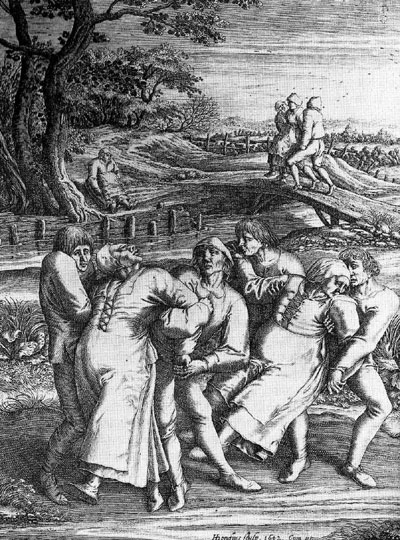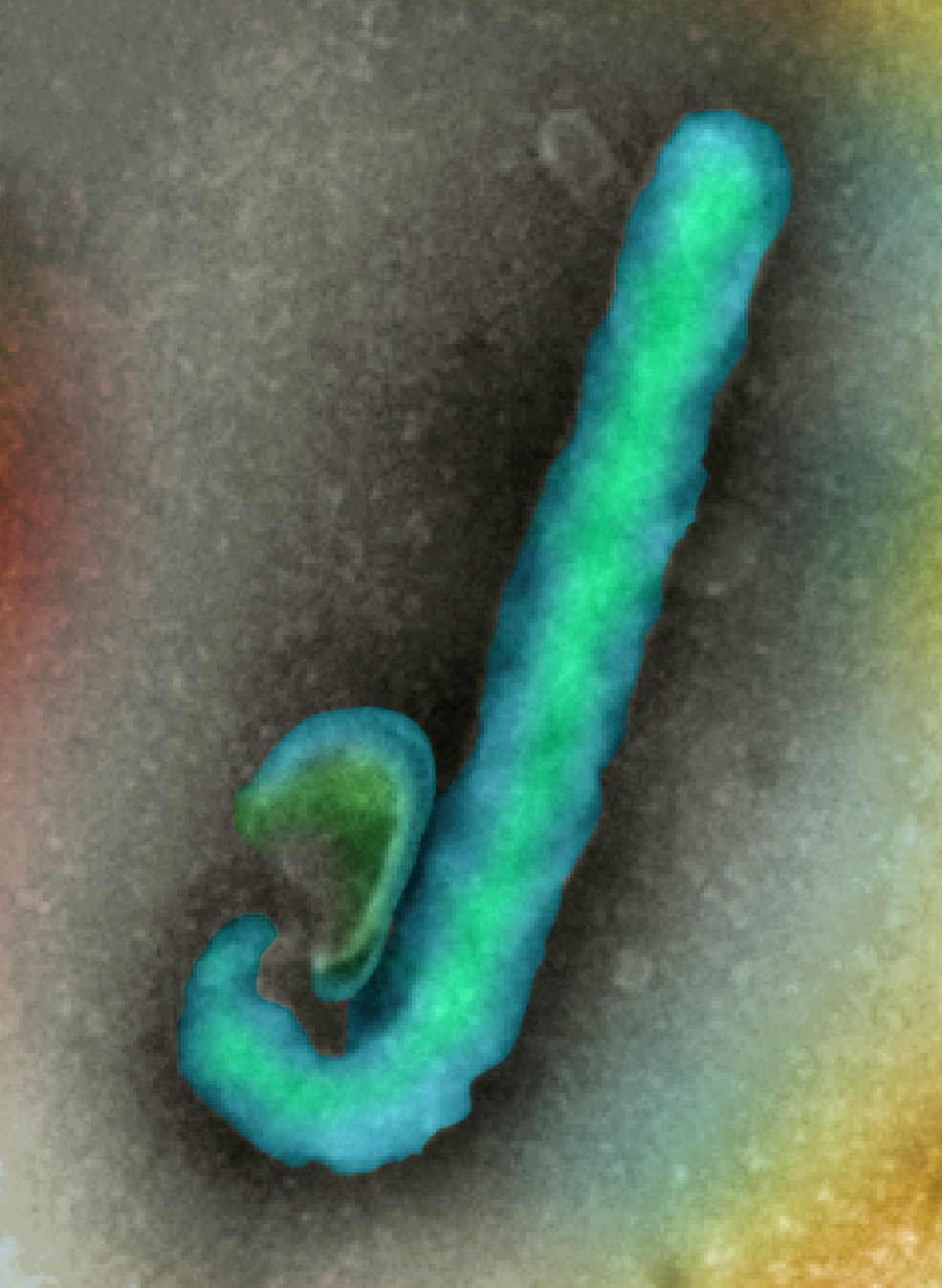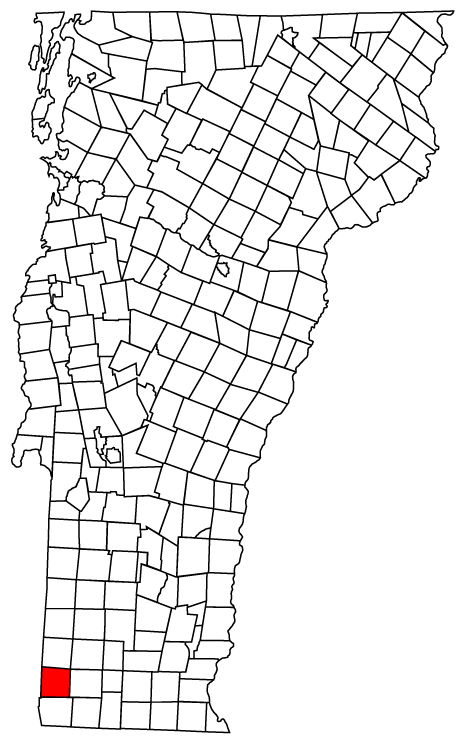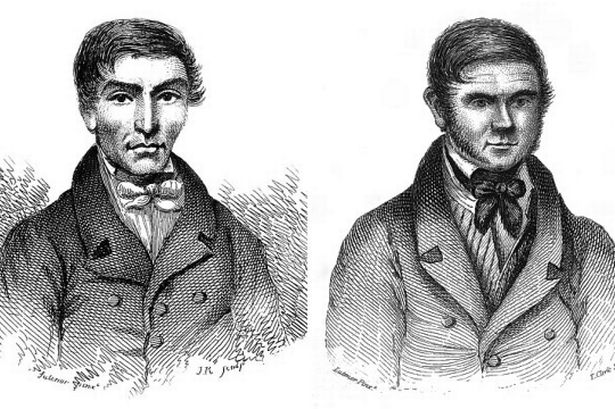 |
| Alleged earthquake lights Photo by Doug Aghassi |
Earthquake lights appear multi-colored, like aurora borealis, or bluish-white. They are brighter during earthquakes than they are before or after earthquakes. They were thought to be little more than a myth until about the 1960s, when people photographed them during an earthquake in Matsushiro, Japan.
Earthquake lights almost certainly exist and have existed for quite some time. Unlike other phenomena, there is little possibility that earthquake lights are a hoax or mistaken identity. In 373 BC, a massive earthquake destroyed the Greek cities of Helice and Buris. When Greek historian Callisthenes wrote of the disaster, he described "immense columns of fire" marking the event in the sky. There was no volcano involved with this massive earthquake, so this is taken as the first written example of earthquake lights. More were to come after. Therefore, it is hard to write earthquake lights off as myth or mistaken identity. There is photographic evidence of earthquake lights as well. Coupled, this written and photographic evidence leave little doubt.
Eyewitness accounts that clearly reference earthquake lights were absent until roughly 1930. At that time, there was an earthquake in the Idi Peninsula in Japan. More than 1500 people reported seeing strange lights in the sky. As mentioned above, they were still regarded as myth after this event. However, numerous examples have been recorded in writing and in photographs since.
NASA and the USGS acknowledge earthquake lights as a true phenomenon, though they have been unable to describe the cause of them. It has been suggested that earthquake lights are caused by gases released during the earthquake or by the force of the earthquake itself. These are just hypotheses. There is not enough data regarding earthquake lights to say for sure what mechanism is at work.
Some people have suggested that earthquake lights are caused by HAARP (High Frequency Active Auroral Research Program). This is unlikely, given that HAARP did not exist two-thousand, or even one hundred, years ago. Of course, there are also those who attribute the lights to aliens and other such unexplainable causes. Hopefully, we will know what causes these lights soon. If scientists could figure out how to predict earthquakes by understanding these lights, countless lives could be saved.
Sources
NASA, retrieved 11/10/10, search.nasa.gov/search/search.jsp?nasaInclude=earthquake+lights
Palmer, Sean B., Earthquake Lights, retrieved 11/10/10, inamidst.com/lights/earthquake






.jpg)